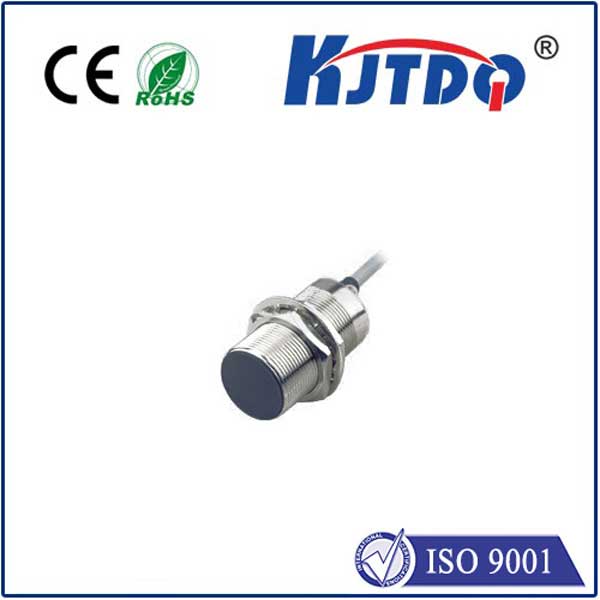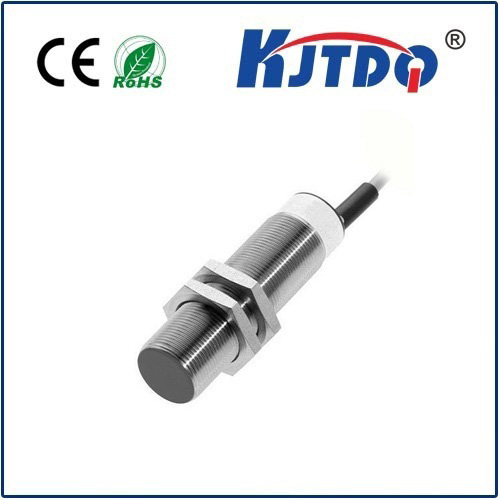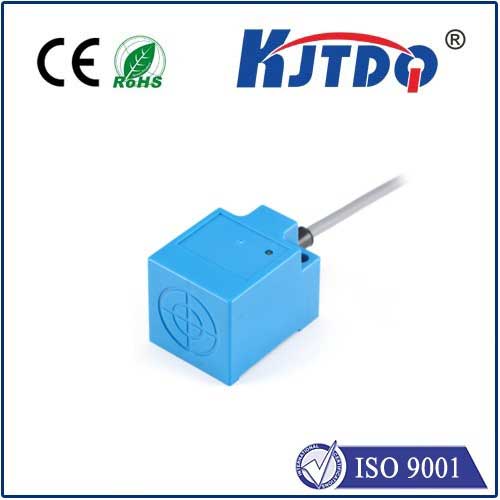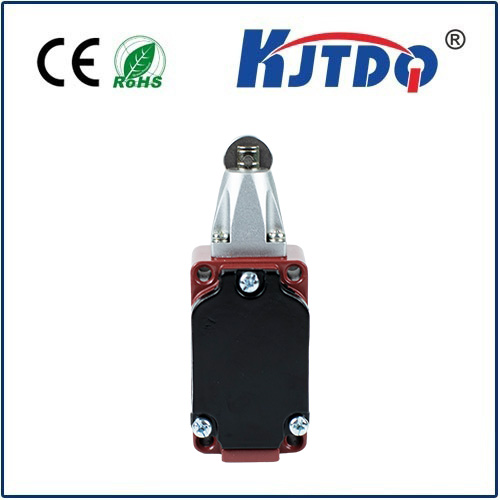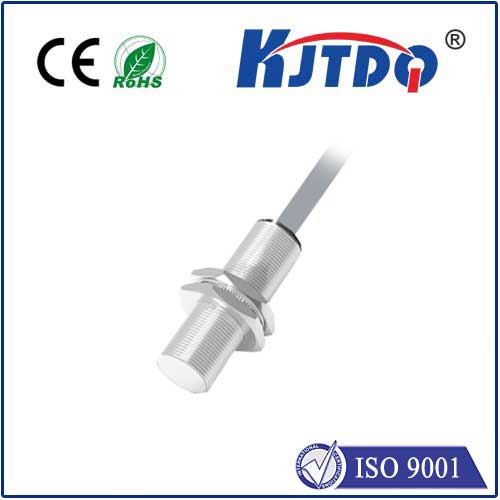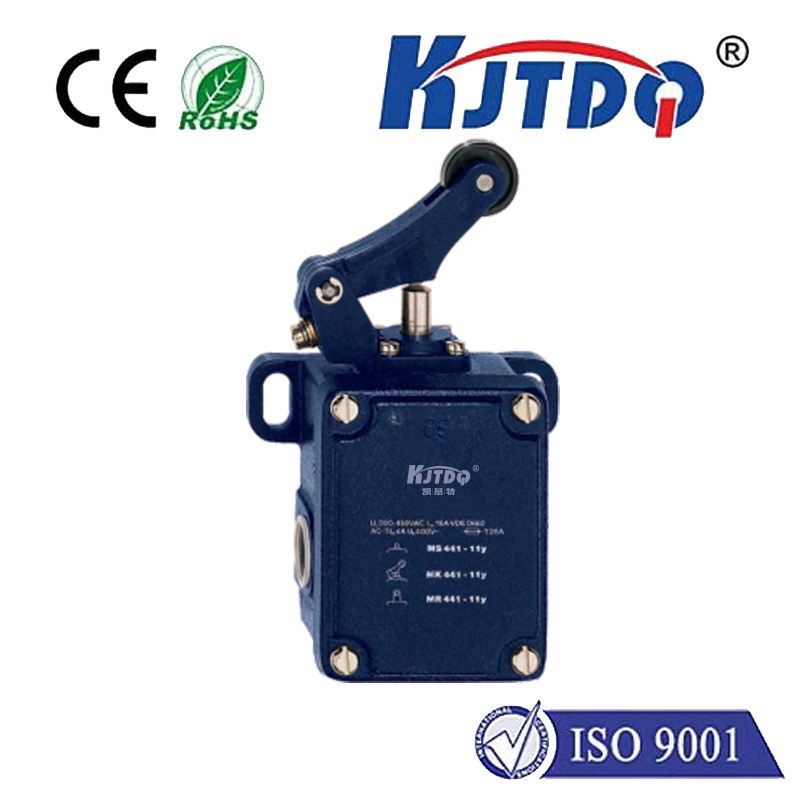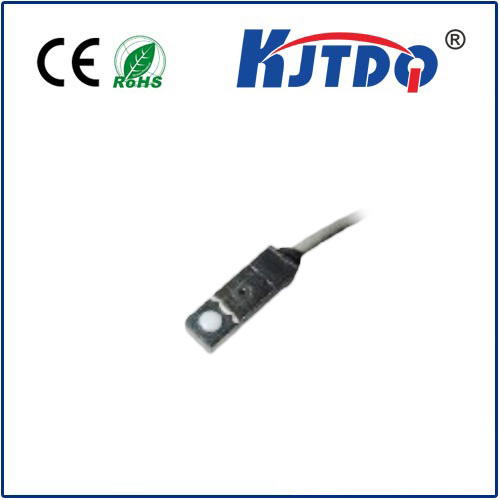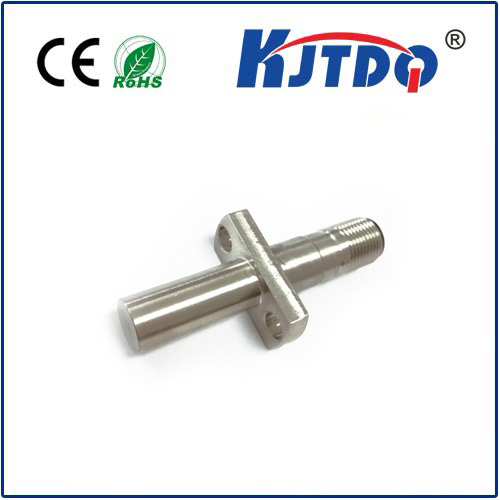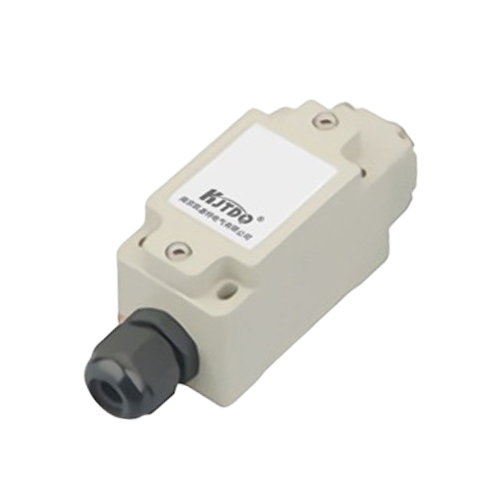sensor proximity capacitive
- time:2024-10-15 03:31:37
- Click:0

Title: An Overview of Sensor Proximity Capacitive Technology
Introduction
The advancement of technology has revolutionized the way we interact with our environment. One such innovation is the development of sensor proximity capacitive technology. This article aims to provide a comprehensive overview of this fascinating technology, its applications, and its significance in our daily lives.
What is Sensor Proximity Capacitive Technology?
Sensor proximity capacitive technology is a type of sensor that detects the presence of an object or a person without any physical contact. It works on the principle of capacitance, which is the ability of a system to store an electrical charge. When an object comes close to the sensor, it changes the capacitance emitted by the sensor. The sensor then measures this change and converts it into an electrical signal, which can be processed by a microcontroller or other electronic devices.
Applications of Sensor Proximity Capacitive Technology
Sensor proximity capacitive technology has a wide range of applications across various industries. Some of the most common uses include:
- Proximity Sensing: This application involves detecting the presence of an object or a person within a certain distance from the sensor. For example, automatic doors, elevator buttons, and touchless faucets use proximity sensors to detect when someone is nearby and activate the respective device.
- Gesture Recognition: Sensor proximity capacitive technology can also be used for gesture recognition, allowing users to control devices using hand gestures. This technology is widely used in gaming consoles, smartphones, and smart TV remote controls.
- Security Systems: Proximity sensors are commonly used in security systems, such as motion detectors and alarm systems, to detect unauthorized access or movement within a secured area.
- Industrial Automation: In industrial settings, sensor proximity capacitive technology is used for monitoring and controlling machinery, conveyor belts, and robotic arms, among other things.
Advantages of Sensor Proximity Capacitive Technology
There are several advantages of using sensor proximity capacitive technology over traditional mechanical switches or buttons:
- Non-contact Operation: Since sensor proximity capacitive technology does not require physical contact, it eliminates the need for buttons or switches, making it more hygienic and easier to maintain.
- Durability: Unlike mechanical components, which can wear out over time, sensor proximity capacitive technology has no moving parts and is less likely to fail due to wear and tear.
- Energy Efficiency: Sensor proximity capacitive technology consumes very little power compared to traditional mechanical switches or buttons, making it an energy-efficient solution for various applications.
Challenges and Limitations
Despite its many benefits, sensor proximity capacitive technology also has some challenges and limitations:
- Environmental Interference: Proximity sensors can be affected by external factors such as temperature, humidity, and electromagnetic interference, which can affect their accuracy and reliability.
- Limited Range: The range of detection for proximity sensors is limited, typically ranging from a few centimeters to a meter. This limitation may restrict their use in certain applications where longer detection ranges are required.
- Cost: Compared to traditional mechanical switches or buttons, sensor proximity capacitive technology can be more expensive to implement, especially in large-scale applications.
Conclusion
Sensor proximity capacitive technology has revolutionized the way we interact with our environment, providing a non-contact solution for various applications ranging from security systems to industrial automation. While there are challenges and limitations associated with this technology, its benefits make it a valuable tool for improving efficiency, hygiene, and convenience in our daily lives. As technology continues to advance, we can expect further improvements in sensor proximity capacitive technology, paving the way for even more innovative applications in the future.






